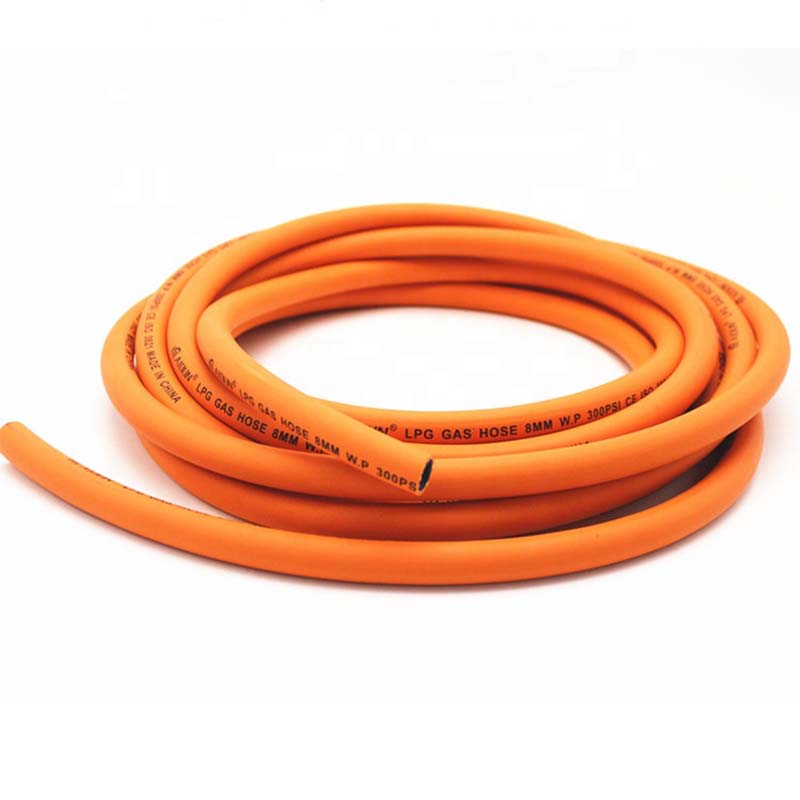difference between tube and hose
Understanding the Difference Between Tube and Hose
When it comes to the world of fluid conveyance, two terms often surface tube and hose. While they may seem interchangeable at first glance, there are significant differences between them that are essential for selecting the right component for your specific application. In this article, we will delve into the distinctions between tubes and hoses, highlighting their unique features, applications, and materials used in their construction.
Defining Tubes and Hoses
A tube is a cylindrical structure made from various materials, primarily designed to transport fluids or gases. Tubes are characterized by their fixed diameter and wall thickness, offering precise dimensions which are often critical in applications requiring a specific flow rate or pressure. Typically, tubes can be constructed from metals, plastics, or composites, depending on the application requirements.
Conversely, a hose is a flexible conduit made to carry fluids, usually under pressure. Hoses are more versatile than tubes, allowing for bending and maneuvering around obstacles. They are commonly used in applications where mobility or flexibility is required, such as garden hoses, automotive fuel lines, and industrial hydraulic systems. Hoses are generally constructed from rubber, plastic, or a combination of both, often reinforced to withstand high pressure and flexing.
Key Differences
1. Physical Structure and Flexibility The most apparent difference between tubes and hoses is their structure and flexibility. Tubes are rigid and maintain their shape, making them suitable for applications where dimensional integrity is crucial. Hoses, on the other hand, are designed for flexibility and can easily bend, making them ideal for situations where the routing of the fluid path varies.
difference between tube and hose

2. Pressure Ratings Tubes are typically rated for higher internal pressures compared to hoses of equivalent diameter. This is due to their construction; tubes are often thicker and made from stronger materials, which contributes to their ability to withstand pressure without deforming. Hoses, while designed to handle pressure, can be more susceptible to kinking and collapsing under certain conditions.
3. Material Composition The materials used in tubes and hoses can vary greatly. Tubes may be made from metals like steel or aluminum, which provide excellent strength and heat resistance, making them ideal for high-pressure applications. In contrast, hoses are primarily made from softer materials such as rubber or thermoplastics, sometimes incorporating fabric reinforcement for increased strength.
4. Applications Both tubes and hoses find extensive use in various industries, but their applications can differ markedly. Tubes are often found in medical devices, automotive fuel systems, and aerospace applications, where precision and strength are paramount. Hoses are prevalent in agriculture, construction, and plumbing, where flexibility and ease of handling are more critical.
5. Connection Methods Tubes are often designed to fit snugly into connectors or fittings, which can be welded, brazed, or mechanically assembled. This ensures a tight and leak-proof connection. Hoses may employ a variety of connection methods including hose clamps or quick-connect fittings, allowing for more straightforward assembly and disassembly.
Conclusion
In summary, understanding the difference between tubes and hoses is vital for ensuring optimal performance in fluid transportation systems. While both are essential components in various industries, their unique characteristics dictate their suitability for specific applications. By considering factors such as flexibility, pressure ratings, material composition, and application, one can make informed choices when selecting between a tube and a hose. Whether you are designing a new system or replacing existing components, knowing these differences will help you choose the right conduit for your needs.
-
Unrivaled Performance and Applications of PU Pneumatic Hoses and TubesNewsJun.11,2025
-
The Transparent World of Industrial Tubing and Hosing SolutionsNewsJun.11,2025
-
The Intricate World of Pneumatic Conduits: Tubes and HosesNewsJun.11,2025
-
The Dynamic Landscape of Pneumatic Conduits: Unraveling Key ComponentsNewsJun.11,2025
-
The Diverse Applications and Significance of Transparent PVC TubingNewsJun.11,2025
-
High - Pressure Pneumatic Tubing and Systems: An In - Depth LookNewsJun.11,2025














